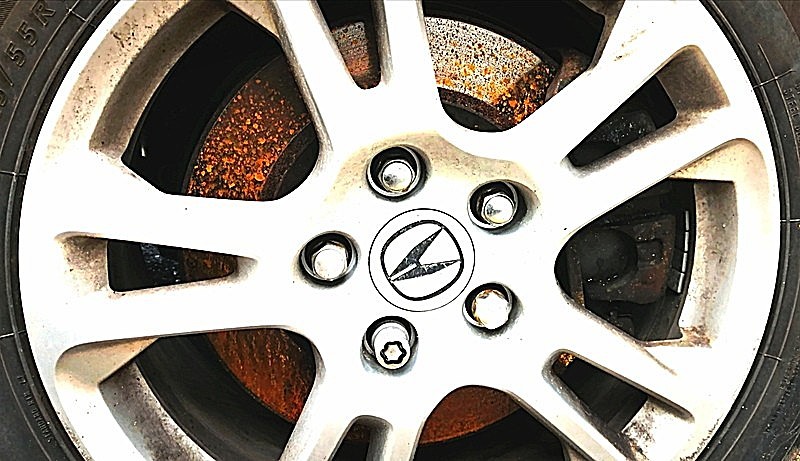Show Featured Articles
What is the life expectancy of brake rotors and pads?
March 31, 2020 How long should rotors and pads last? We get this question a lot, and unfortunately there is no straight answer. There are many factors that impact the wear and deterioration of your rotors and pads, and the mileage is just one of them. It is not uncommon for a quality rotor to last 100,000km and for a breaking pad over 50,000km. However, the very same parts can fail much sooner under the following conditions:
How long should rotors and pads last? We get this question a lot, and unfortunately there is no straight answer. There are many factors that impact the wear and deterioration of your rotors and pads, and the mileage is just one of them. It is not uncommon for a quality rotor to last 100,000km and for a breaking pad over 50,000km. However, the very same parts can fail much sooner under the following conditions:
- Driving Style. Repeated aggressive braking can overheat the pads and lead to premature failure of rotors by warping or uneven wear.
- Car Weight. It takes more effort to stop a heavy loaded vehicle, with rotors and pads working harder and wearing faster. Brakes are replaced and serviced more frequently in heavy trucking and towing applications.
- Caliper Health. Seized or binding calipers create uneven pressure on the rotors, causing localized high wear, overheating, and warping.
- Parking Location. Parking inside a garage protects the car from elements, preventing the rotors and pads from moisture and consequent corrosion while sitting.
- Extended Car Storage. If the car sits, the rotors will rust. The friction between the pad and the rotor is the only thing that cleans and removes the rust from brake surface. Thus, the best way to keep your rotor surfaces clean is to use your car daily.
- Type of Brake Pads and Rotors. Harder (long lasting) ceramic pads cause more wear to the rotor in comparison to softer semi-metallic pads. When it comes to rotors, Drilled & Slotted designs provide higher breaking power, however, they are more aggressive than the blank rotors, and would wear out your pads quicker.
- Wheel and Rim Type. Open rim designs provide less protection to rotor and pads allowing more water, salt, and grit to get to your rotors, thus enhancing the wear and corrosion.
- Age of Rotors and Pads. The older your rotors and pads, the greater their exposure to the elements and the greater their corrosive deterioration. Exposed raw metallic surfaces are prone to corrosion, and all rotors would eventually rust. This rotor and pad deterioration is not a linear progression, and it will accelerate with age.
- Lack of Maintenance. Your braking components require annual check and service. Proper lubrication and cleaning must be done once a year. Meanwhile, many shops don't do it properly to save on installation time. As a result you get seized pins, uneven wear of pads, and gauged rotors.
- Manufacturing Defects. Like any other product, rotors and pads can be defective and fail due to poor workmanship. Brake components are extremely important for your safety, and we advise to choose a reputable brand from AllRotors.com with our extended warranty coverage.


